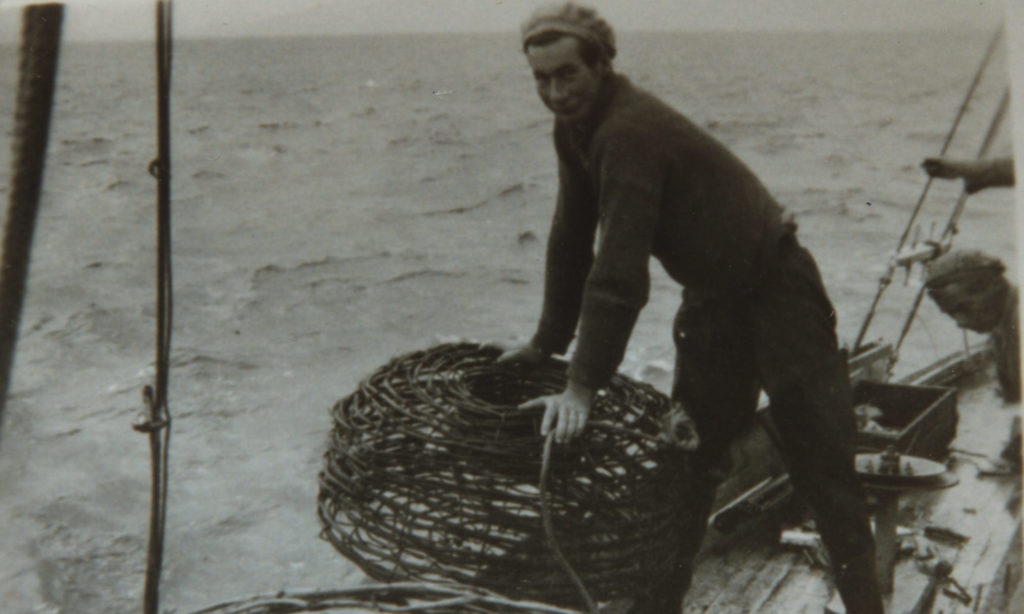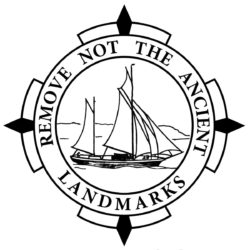(Note: This is a text excerpt. Refer to the newsletter PDF for the complete newsletter including images)
The search for a Home for our Historical Society continues. At the last Committee Meeting it was reported that the Bass Coast Shire Council is Surveying the whole site in the Maritime area, near the Ripple. A possible conclusion would be that this Society and the South Gippsland Yacht Club send representatives to a meeting with a view to discussions regarding the sharing of land and facilities in the Ripple area.
Image: The Fisherman’s Cottage at Tooradin.
Image: The Kitchen inside the Fisherman’s Cottage
Excursion
On May 25th a group of members travelled by a hired small bus to Tooradin. The first place of interest for the day was to visit the Fisherman’s Cottage and the Museum at the rear of the Cottage. I think we were surprised at the size of the Cottage and impressed at the very well displayed items from years gone by. Inside the former Tooradin North primary school there were many items of memorabilia. On a very large table, which was made in 1905, were a number of objects we were asked to identify. Some were easy to name, others needed several clues. Some of the objects included a wooden potato masher, a rabbit trap setter, a powder measure for a shot gun, a shoe shaper, a toaster, a valve grinder and a part of a Singer sewing machine.
Around the walls of the school room were tall glass cabinets full of artefacts and many items of interest from the past.
The Fisherman’s Cottage was built in the1860’s, and was the first house on the foreshore. In the 1960’s, it was in danger of being demolished, however to prevent the demolition, it was purchased by local people for the sum of $7,000. The people contributed $3,500 and the Shire contributed $3,500.
Also on the site of the Cottage was a former caretaker’s cottage, a store shed and variety of large and small farming implements.
After leaving the Fisherman’s Cottage, it was time for lunch. Some of us ate our lunch in the bus as it was too cold to sit outside, while others went across to the nearby Bakery.
After lunch we drove to the Frankston area where we visited the Ballam Park Homestead and Museum. In 1967, the Frankston Historical Society asked the Frankston City Council if they could use Ballam Park as their headquarters, and this was granted at peppercorn rent with some financial support in return for maintaining the upkeep of the house, a task performed by volunteers ever since.
We were greeted by a group of ladies who were dressed in the clothing of that particular time. We were divided into small groups and the ladies took us on a guided tour of the Homestead, the Museum and the Buggy shed.
The Homestead is located approximately five Kilometres from the heart of Frankston City. It was built in 1855 in a French farmhouse style and the property consisted of 320 acres. The builder of Ballam Park Homestead appears to have been Thomas Allchin of Mornington. The first owners were the Liardet family.
Image: Ballam Park Homestead Frankston
Image: Fisherman’s Cottage Parlour, Tooradin
The guided tour took us through the following rooms of Ballam Park, each room having a collection of furniture, clothing and other items of the era.
Kitchen, Cool Room, Butler’s Pantry, Parlour, Ladies Bedroom, Dining Room, Gentlemen’s Bedroom, Lantern Room and a room with a display of childrens’ clothing of the times.
This was followed by a tour of the large Museum filled with numerous donated items of interest including a grand piano made from English burr walnut and made by Collard of London, other musical instruments, a gramophone and some cylindrical records, an Ericson wall telephone, a large photo section of pioneer families and a photo of Olivers Hill in 1915.
We had an interesting and enjoyable day, and so we especially thank Robyn Allen for organising the excursion and we thank our bus driver Graham Paterson for his very capable driving on the day.
Correction
The Post Card photos included in last month’s newsletter were donated by Mrs Melva THORSON not Thomson. Thank-you Melva for donating the cards.
Editor: Ian McBurnie

